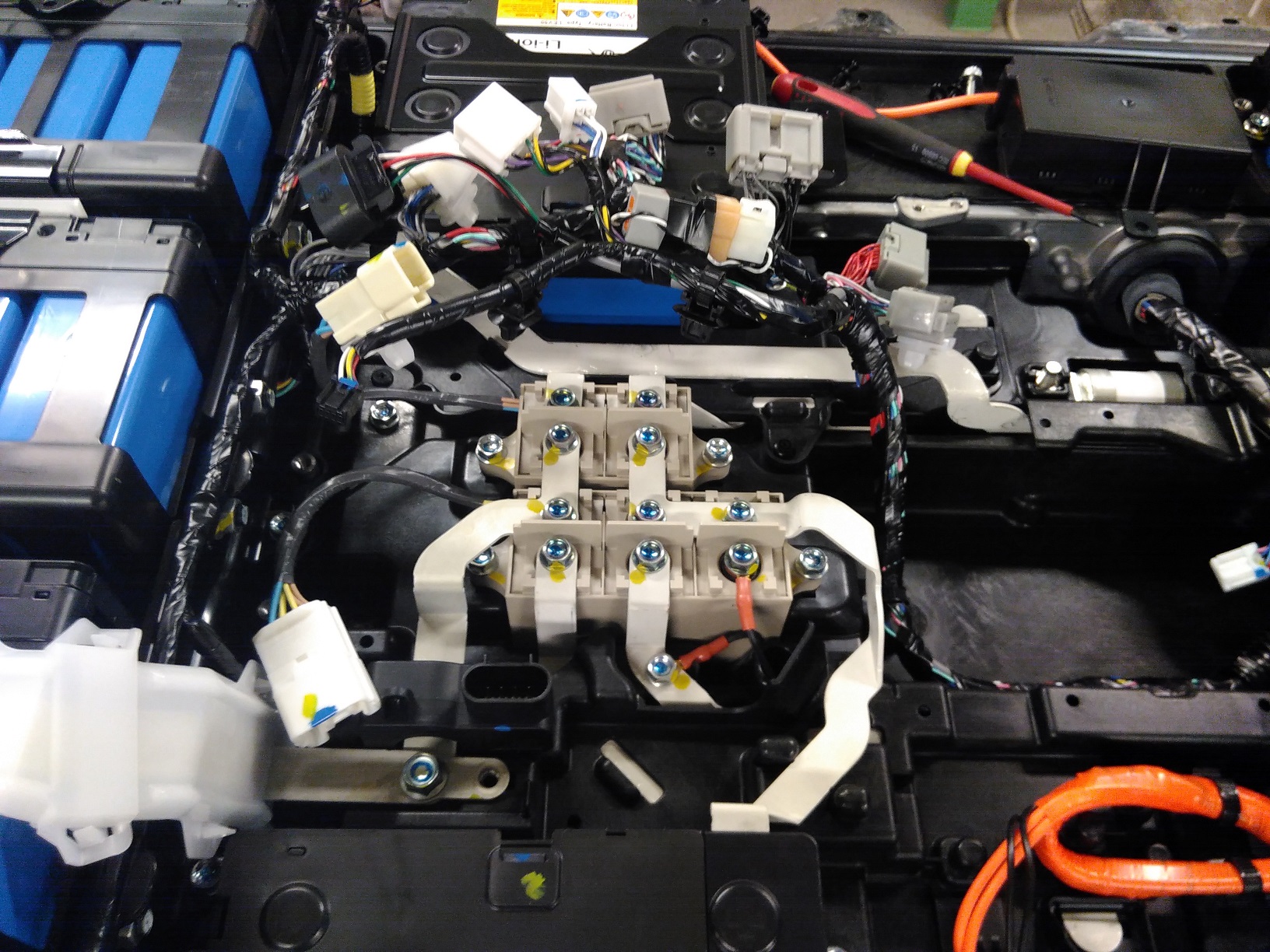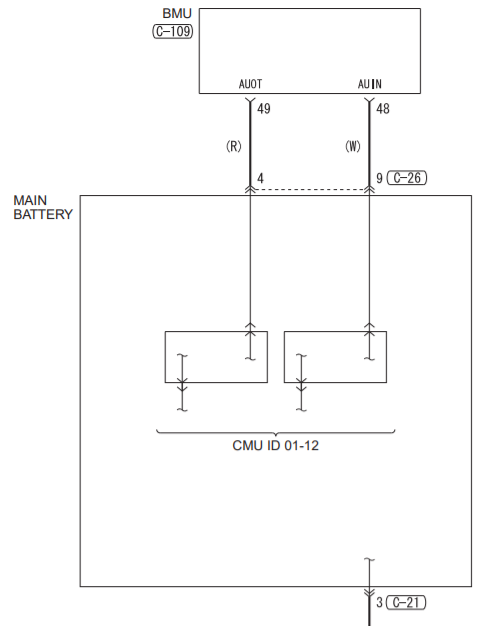Hi,
Thanks for the great info. I already ordered the CMU board from a reputable eBay seller, so I am not concerned about the board being another ID than 10, as he confirmed that. Rather I am a bit concerned that the board is not recognized because if was pulled from another VIN number... I guess I’ll find out...
About the diagram posted by Kiev, does it match in your experience ? So my faulty module (CMU 10 in diagbox and cells 71-74 in Canion) would be right under the passenger seat ?
I can put my car on stand no problem, but I have no clue how to support and lower the pack once unbolted :/
Thanks for the great info. I already ordered the CMU board from a reputable eBay seller, so I am not concerned about the board being another ID than 10, as he confirmed that. Rather I am a bit concerned that the board is not recognized because if was pulled from another VIN number... I guess I’ll find out...
About the diagram posted by Kiev, does it match in your experience ? So my faulty module (CMU 10 in diagbox and cells 71-74 in Canion) would be right under the passenger seat ?
I can put my car on stand no problem, but I have no clue how to support and lower the pack once unbolted :/



































